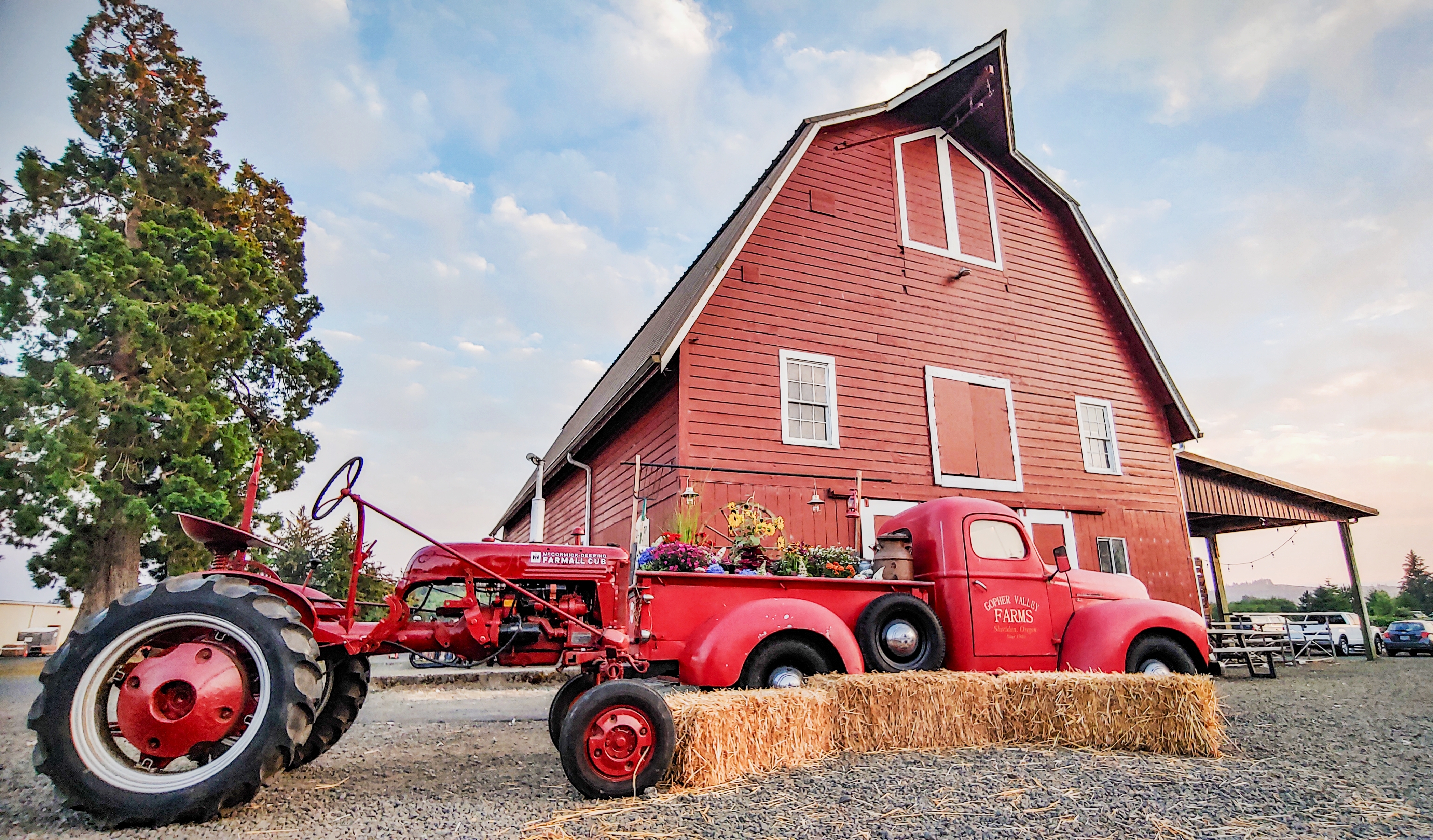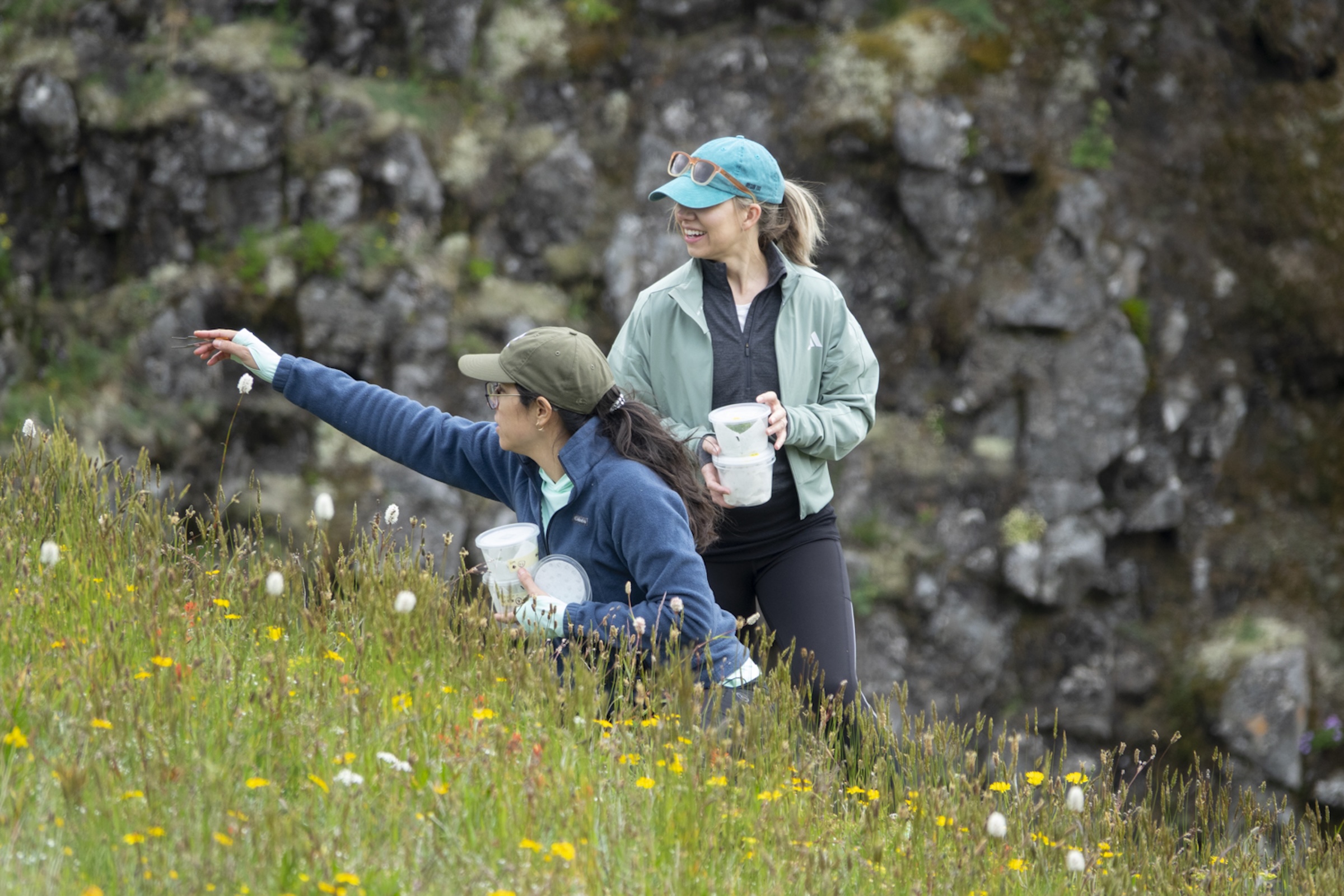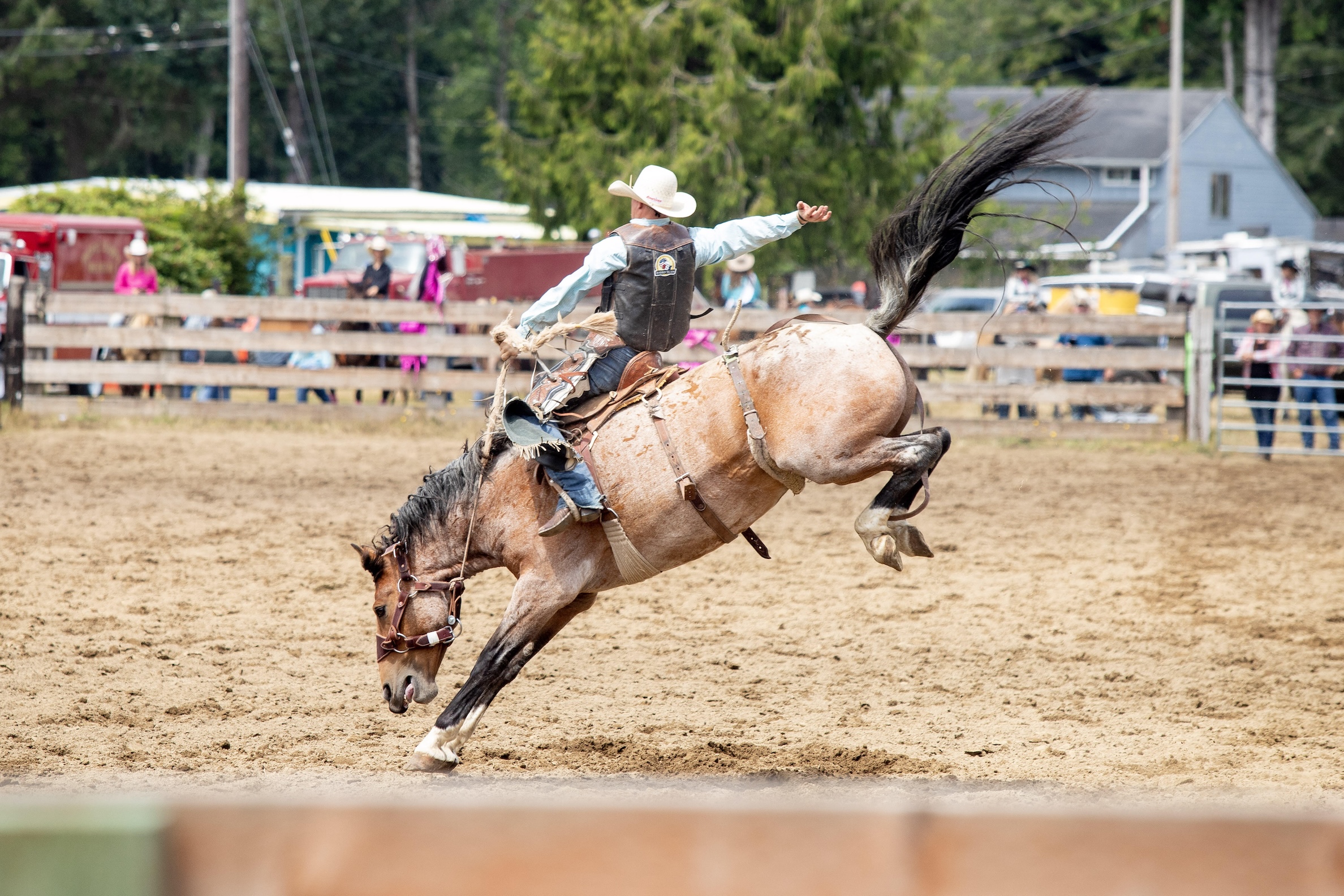Wild Side: Great blue heron
Published 11:40 am Thursday, April 26, 2018

- A painting of a great blue heron
As fitting an emblem for our coastline as the Chinook salmon or the Dungeness crab, the great blue heron can be found throughout the Columbia-Pacific, lending its aura of gracefulness and dignity to the shores of nearly every waterway in the region. The largest and most distinguished heron in North America, it is easily recognized for its size and striking physical characteristics.
Trending
Standing over 4.5 feet tall on long, spindly legs, Ardea herodias appears slate gray, with a violet-blue tinge to its body feathers and a darker, deep blue hue on its flight feathers and wingtips. A softer, more dusty tone accentuates the bird’s signature s-curve neck, which it can elongate in defense or to attract a mate. Just above the eyes, solid bands of black feathers streak backward, culminating in a dark, wispy plume that extends behind the head. Always leading the way, its brilliant orange-yellow bill tapers to a dagger-like point.
Famous for its enduring patience, the great blue heron is a stealthy hunter who doesn’t mind a long wait when it comes to a favorite meal. Known to wade for hours in tidelands and marshes, waiting for the perfect prey, it exhibits a masterful stillness right up until the moment of the kill, when it plunges its neck into the water with quick, incredible force, skewering an unsuspecting victim.
Though partial to an all-fish diet, this bird is an opportunistic eater, and will also strike at frogs, salamanders, snakes, rodents, insects and even other birds and nestlings. Cases of heron gluttony, where a bird is found dead from suffocation, its oversize prey still stuck in its throat, are not uncommon.
Trending
Highly adapted to be an expert fisher, it walks on legs that can carry it into deep water, and uses its long-toed feet like snowshoes to keep from sinking into mud or silt. Specialized eyes bulge out in triangular fashion, making it so the bird can see directly underneath its own chin and bill without ever moving its head. Additional photoreceptors enhance its vision, allowing it to hunt day or night, bound only by the rhythm of the tide.
Though solitary hunters, herons band together for the mating season, colonizing in large groups of 100 birds or more to form a “heronry.” Males and females pair up monogamously for one season only, sharing equally in the construction of a nest, the incubation of eggs and the feeding and raising of their young. As is true for most creatures, the first year of life is quite precarious, with only a 50 percent chance of survival. Great blue herons lucky enough to pass this milestone can enjoy an average lifespan in the wild of 15 years.
There are five subspecies of great blue heron, including our local species, Ardea herodias fannini, which generally ranges from southeast Alaska to coastal Washington. In Florida, there is a subspecies that is entirely white.









